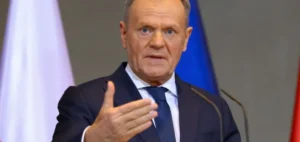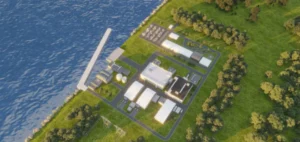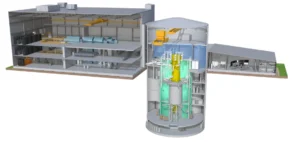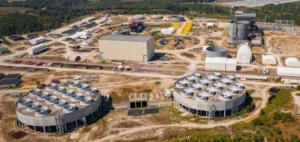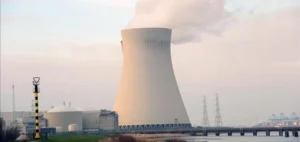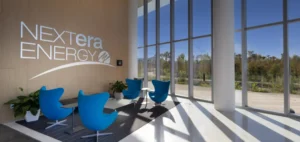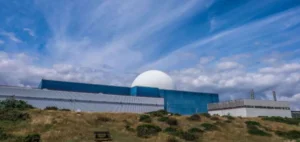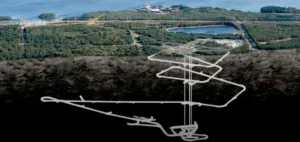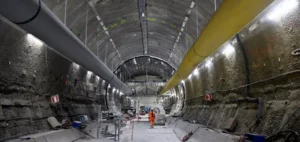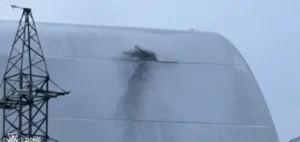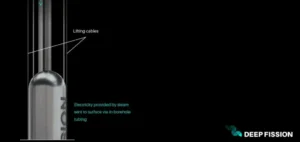The development of new nuclear reactors in Sweden is currently at the center of an intense debate, with experts criticizing the methodology used in a recent government report. Arne Kaijser, professor emeritus at the Royal Institute of Technology in Sweden, has publicly expressed doubts about the report’s conclusions, which aim to guide political decisions regarding the expansion of the country’s nuclear capacity.
A report based on a single projection
Kaijser’s main criticism of the report is the lack of alternative scenarios regarding future electricity demand. According to him, the report relies on a single projection, that of a constant increase in electricity consumption, particularly in northern Sweden. Industrial projects, especially in fossil-free steel production, would indeed require a significant amount of electricity. However, Kaijser highlights that these forecasts might be inaccurate, and it would be prudent to consider the possibility that these industries may choose to operate elsewhere for economic reasons.
The risks of an electricity surplus
The implications of such a gap between projected and actual demand could be significant. If Sweden decides to build reactors to supply these industries and their electricity needs do not materialize, the country could end up with an electricity surplus. Kaijser emphasized this point during a seminar organized by the Royal Swedish Academy of Engineering Sciences (IVA) in Stockholm, stating that this assumption could severely undermine the credibility of the report.
Defense of the report’s authors
Bjorn Carlen, a member of the group that authored the report, defended the study, explaining that the initial mandate focused on the government’s intent to promote nuclear energy, rather than exploring a range of scenarios for energy demand. The report aimed to advise on mechanisms for financing and risk-sharing for the construction of new nuclear plants.
Government ambitions and responses
The Swedish government, led by Energy Minister Ebba Busch, has already undertaken measures to promote the construction of new reactors, with the goal of installing 2.5 gigawatts (GW) of nuclear capacity by 2030 and the equivalent of ten large reactors by 2045. To date, several government agencies have provided estimates indicating a future increase in electricity consumption, despite concerns raised about a potential overproduction.
The question of reactor ownership
Kaijser also raised the issue of infrastructure ownership. He suggested that Sweden adopt a model similar to France, where the state directly owns nuclear reactors. This would allow, in his view, easier control over construction costs and the ability to halt a project if expenses become too high. Currently, in Sweden, Vattenfall, a public company, manages nuclear reactors according to commercial principles. However, the Swedish government has in the past attempted to intervene in some of these decisions.
The future of modular reactors
Furthermore, Kaijser recommended waiting before committing to new nuclear projects, especially to see if small modular reactors (SMR) would actually become a viable solution. He estimated that a ten-year delay would not only allow Sweden to follow international developments in this area but also to train a new generation of nuclear engineers, as most experts who built Sweden’s old reactors are now retired.







